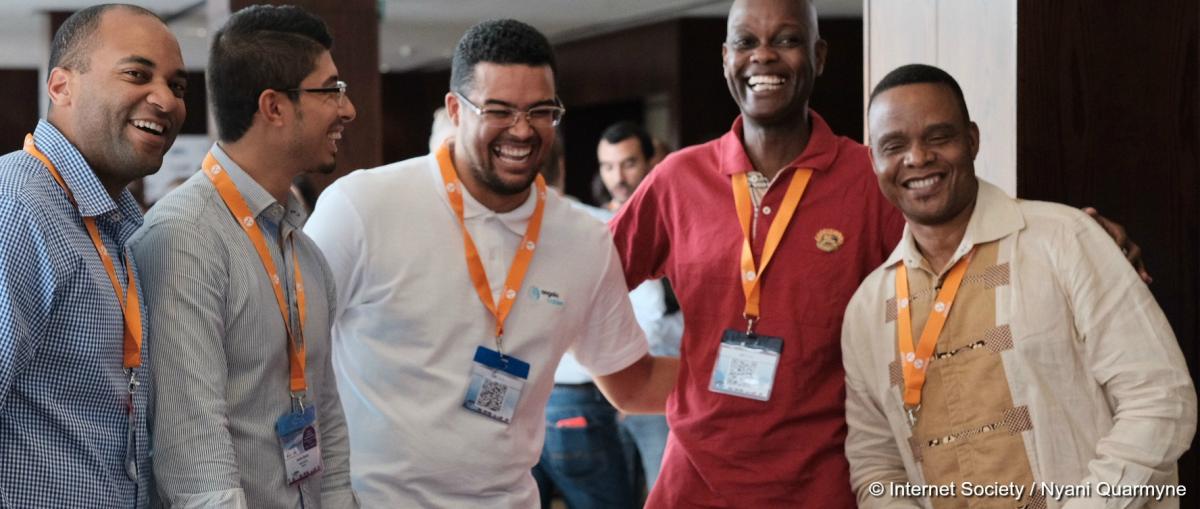It’s Peering Coordinators Day!
 Every year, African technology experts, Chief Technology Officers, Chief Information Officers, and peering coordinators meet for a day talk about issues and ways to improve content exchange in Africa.
Every year, African technology experts, Chief Technology Officers, Chief Information Officers, and peering coordinators meet for a day talk about issues and ways to improve content exchange in Africa.
We call this Peering Coordinators Day.
In line with AfPIF’s theme of “Back to Basics”, presentations dealt with background information, statistics, innovation, and developing ways to reach customers, peering tutorials and measurements.
Telegeography presented on international bandwidth pricing trends, which showed that bandwidth costs have continued to fall in Sub-Saharan Africa, given the extensive investment in ICT infrastructure.
What worked With Telegeography
Research by Telegeography showed that intra-Africa connectivity has increased to 11% this year, compared to 3% in 2012. City to city routes originates from hubs in South Africa, Morocco and Egypt to the rest of Africa. While the cost of bandwidth has fallen, the cost of international transit has also fallen to below $10,000 per STM1 to London.
Teraco, one of the largest carrier-neutral data centers gave a regional overview. Africa has 28.6% Internet penetration with a total capacity of 160Gbps, and South Africa accounts for 90Gbps. There are 34 IXPs in 26 African countries; the oldest is JINX, set up in 1996 and the newest is Gabon IX, set up this year. Port fees can vary depending on the IXP.
During the session on disruptive technologies, Netflix shared its interest to bring content to over 190 countries. Currently, Netflix delivers series and movie content to 81.5 million members with users logging a billion hours on its servers every month.
How Netflix Does It
To deliver content faster, Netflix peers with IXPs, ISPs and other private peers by placing its servers on the network if it detects high usage on the network. Netflix replenishes content during off-peak hours, meaning the networks do not slow down. Currently, only South Africa has Netflix servers in the continent and Netflix has highlighted that it wants to add more cities to its POPs.
The peering tutorial is a session where people get the latest on regional resources and how to use them. AFRINIC shared information on the current uptake of IPv6 and IPv4 exhaustion, and the strategies taken to encourage uptake of IPv6 resources.
Although AFRINIC still has IPv4 addresses, uptake of IPv6 has grown, and with continued training, the registry expects the number of networks taking up and announcing IPv6 to grow.
One of the biggest challenges faced in Africa ICT scene is the lack of updated statistics, but the tech community has put in place various tools to collect and share data.
Africa route collectors’ data analyzer is a tool to support peering growth in the region. While it’s still under development, it aims to be an open source web platform with data collection system and will give stats on IXPs at national and regional level. Its aim is to analyze the ASNs and IPv6 addresses visible at the IXP.
KENET shared its work with the Measurement Lab. It allows end users and networks to track the quality of broadband and helps researchers and others work together. It finds performance problems, gathers data on network neutrality, identifies traffic shaping, and performs basic speed tests.
The last presentation was a proposal for the establishment of Africa Internet Measurement Observatory. This will allow people to log and input data, perform analysis and interact with other users. The community will run it and will share data and other expertise between Africa’s tech communities.